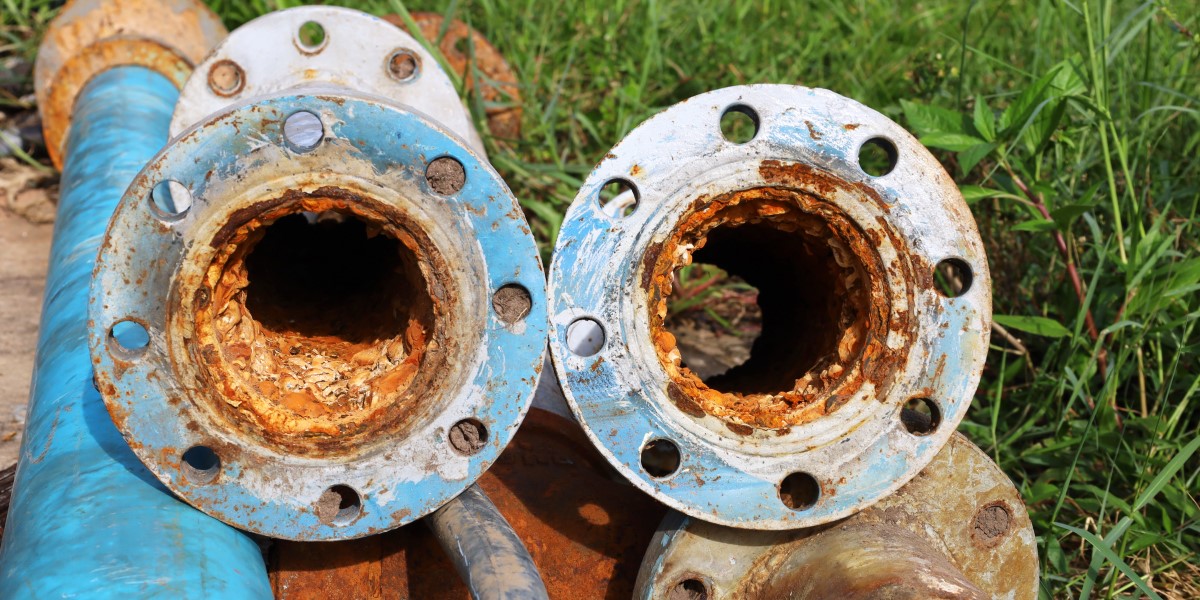Silica scales can form in cooling systems through reaction with hardness salts (Ca/Mg) or deposition by itself. They both need to be considered in any cooling tower management scheme.
Silicon chemistry is highly complex (analogous to carbon) and analysis techniques tend to oversimplify the broad range of silica species. But it is still important to define the major types. We would define them in terms of “Reactive” and Non-Reactive”:
Silica vs silicate: what are they and what's the difference?
Silica
Silica technically refers to compounds of SiO2. Silicon dioxide exists as sand, which is crystalline, essentially insoluble, and inert at ambient temperatures and pressures. It can have other crystalline structures, taking the form of Quartz (also SiO2), or clays when mixed with other elements such as Calcium, Magnesium and Aluminium. These crystalline structures are readily identified by XRD (X ray Diffraction). Clays are often termed “Alumino-silicates” eg kaolinite (Al2Si2O5(OH)4) and illite [(K,H3O)(Al,Mg,Fe)2(Si,Al)4O10[(OH)2,(H2O)]
There are also non-crystalline forms, known as amorphous silica, which show the element silicon when analysed eg by XRF (X Ray Flourescence) but do not have any, recognisable, crystalline structures under the electron microscope or any defined spectrum by XRD.
Particles in the 0.5-10µ size remain effectively suspended in water, as colloidal particles, although larger particles settle and can cause fouling. These forms do not react (chemically) with the classic molybdenum blue analysis for silica and are termed “Insoluble”, “Non-reactive Silica” or “Colloidal Silica”, especially for the smaller particles.
Silicate
Silicate technically refers to the chemistry of ions such as HSiO3- and SiO3=. Silica and silicates are related as Quartz materials and can dissolve (extremely slowly) forming very weakly ionised silicic acid as SiO2.2H2O. This can form HSiO3- and SiO3= and is known as “Soluble silica”. These forms react (chemically) with the classic molybdenum blue analysis for silica and are termed “Soluble Silica” or “Reactive Silica”. (Note the ambiguity by the use of the word “silica” when describing a “silicate”).
Silicate deposits can be formed by reaction of soluble silica with ions found in most cooling water, e.g. Calcium, Magnesium, Aluminium, Iron, Copper and Zinc.
Elemental silicon is rarely, if ever, found in water systems but it is common practise to report all analyses (water or deposit) as SiO2 – irrespective of whether they are silica or silicate or silicon materials. (Some antifoams are built up with Silicon).
Cooling Water Deposits
Fouling (settlement of solids, usually as soft, amorphous deposits, which interfere with heat transfer and fluid flow) can occur with siliceous materials, e.g. clays, quartzes, and sand. This is a function of the physical settling of particles, usually in low flow areas, and needs to be addressed through design issues; pre-treatment options (coagulation/clarification) or the use of anionic dispersants. This is silica deposition.
Polymerisation can occur when silicate concentrations exceed the guidelines given below.
Silicate Deposition is encouraged by:
- pH >8.0 (including local sites such as cathodic corrosion sites)
- High temperatures
- Low flow velocities
- High Dissolved Solids
- High Suspended Solids
While the silicate solubility decreases markedly above pH 8, silica solubility increases so there is a mechanism whereby quartzes and clays yield increased soluble silica levels. The ionisation is low and silicic acid remains in solution but any HSiO3- formed can precipitate.
Cooling Systems Operating at Alkaline pH >8.0
The risk factors are higher for these types of system, with respect to SiO2. The formation of other alkaline scales can be minimised with the use of inhibitors, but there is no known silica inhibitor. It usually precipitates as amorphous silica.
Zinc silicate becomes an increasing concern as it is a very stable, insoluble species and zinc is sometimes added as a corrosion inhibitor. pH control becomes critical and the presence of a zinc stabiliser (polymer) is vital. pH upsets, without adequate polymer, can rapidly lead to zinc silicate complexes. There is evidence to link co-precipitation of silicates with magnesium hydroxide and it is believed zinc hydroxide may behave in a similar manner.
Silicate Guideline
| pH≤7.5 | pH 7.5-8.5 | pH >8.5 |
| mg/l SiO2 <180 (pref 150) | mg/l SiO2 <150 (Subject to Mg and Ca) | |
| mg/l Mg x mg/l SiO2 <17,00 | mg/l Mg x mg/l SiO2 <12,000 | mg/l Mg x mg/l SiO2 <3,000 |
| Mg x Ca x SiO2 <3,000,000 | Mg x Ca x SiO2 <90,000 |
In all cases: Ca, SiO2 and Mg expressed as the ion (not CaCO3)
Summary
Silica scales are an important consideration in any cooling tower management scheme. Silica/silicate deposition will be minimised in cooling systems at pH 6.0-8.0 by controlling reactive silica at <150 mg/l. At pH >8.0 silicate deposition can be minimised by following the silicate guidelines above.
For more information on silica and silicate or general guidance on managing your cooling system, our technical team will be happy to assist. Get in touch here.





